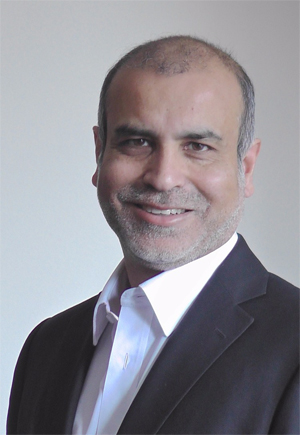Blended Learning: The way forward in Postgraduate Dental Education

Prof. Subir Banerji
BDS, MClinDent (Prostho), PhD, MFGDP (UK), FICOI, FICD
Published Apr 1, 2018
Education Models
Traditionally taught ‘in-house’ Postgraduate level dental training programmes are available and the structures of these courses are well established among proven educational models. Unfortunately, the undertaking of such programmes by the busy general practitioner can be prohibitive due to time
commitments away from both the surgery and the family.
Currently, a plethora of short courses of varying educational merit are widely available to all practitioners. However, there is an increasing demand for a more structured approach to postgraduate education in order to enable them to provide a greater diversity of treatments to their patients, delivered with a
higher level of confidence and proficiency.
Blended learning is described as ‘a learning solution that incorporates a mix of online and face-to-face elements’. With advances in the field of information technology, learning methods have evolved and a more ‘learner centric’ approach-using interactive web-based multimedia technologies and social networking has developed. A key element of the blended learning approach is an effective feedback loop of online assignment, assessment and even case study consultation. This creates more opportunities for collaborative, interactive exchange of skill transfer and evaluation. In the blended approach the preparatory, some assessment and academic materials are provided online, utilizing a virtual learning environment using text, video and images, including online seminars and lectures. The clinical learning component is provided by face-to-face intensive courses for the hands- on learning experience at equipped training facilities. Thus, the time away from practice is minimal enabling the dentists to maintain vital clinical contact with their patients and practices and establish treatments and protocols using skills learned during these programmes. The online content that is usually available for access 24×7 provides an effective path for revision and re-enforcement of key elements of learning for the practitioner which is difficult to provide in a face to face setting.
The online vehicle also has the advantage to bring to the teaching faculty experts from around the world in an efficient and cost-effective manner to further enhance the learning experience. A possible future development to enhance such programmes would be to enable clinical guidance and mentorship by an expert during actual patient treatment into this format.
Quality Assurance
An important factor which is particularly relevant in a blended curriculum is the assurance of quality of the online content. Several independent QA bodies are now addressing this need through the specification of standards for structure and delivery of these courses, regular audits and by providing the appropriate certifications. The blended mode of delivery enables a learning experience that overcomes the restraints of time and space, which ultimately is for the benefit of our patients.

